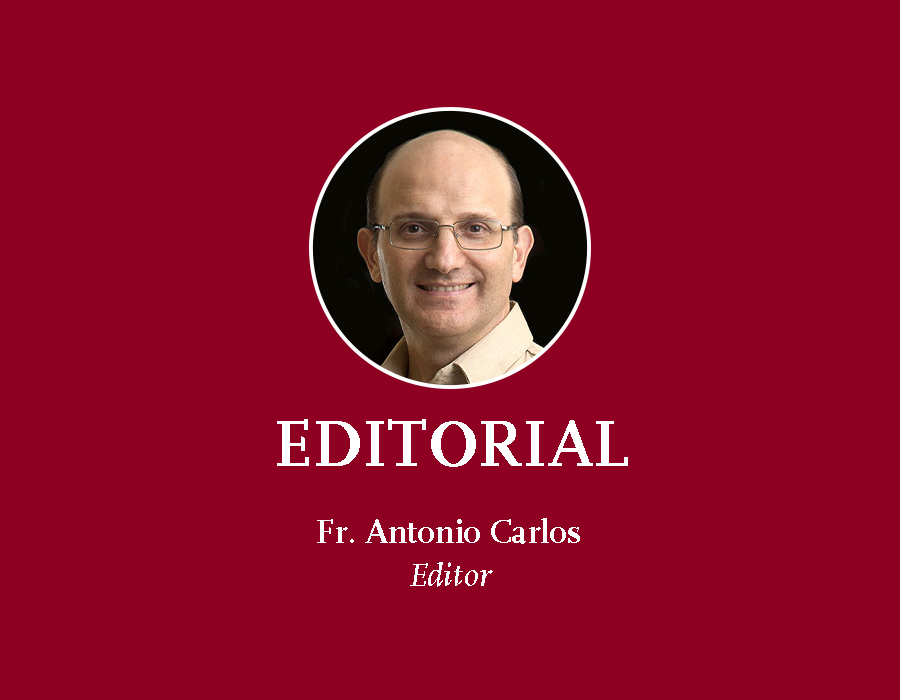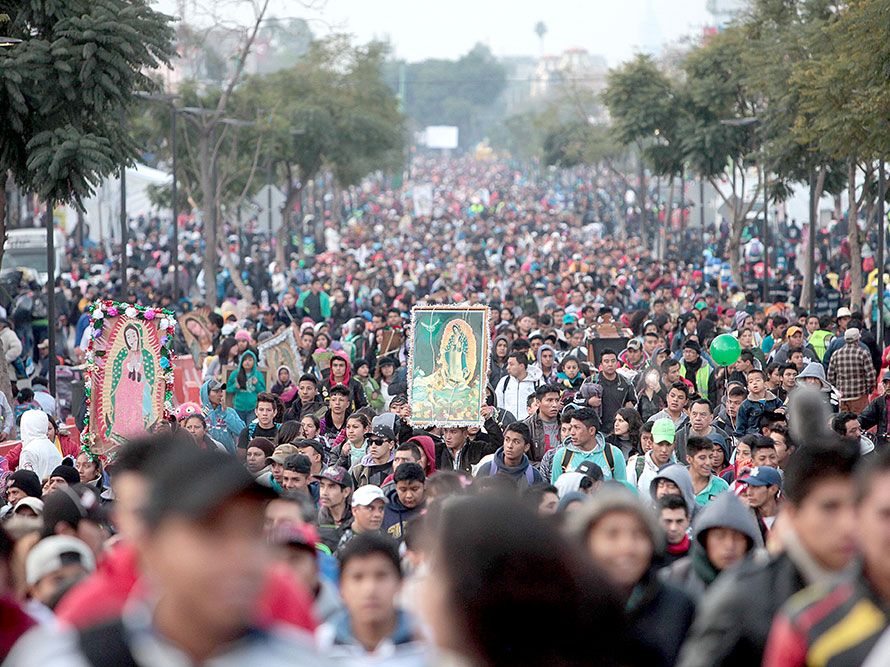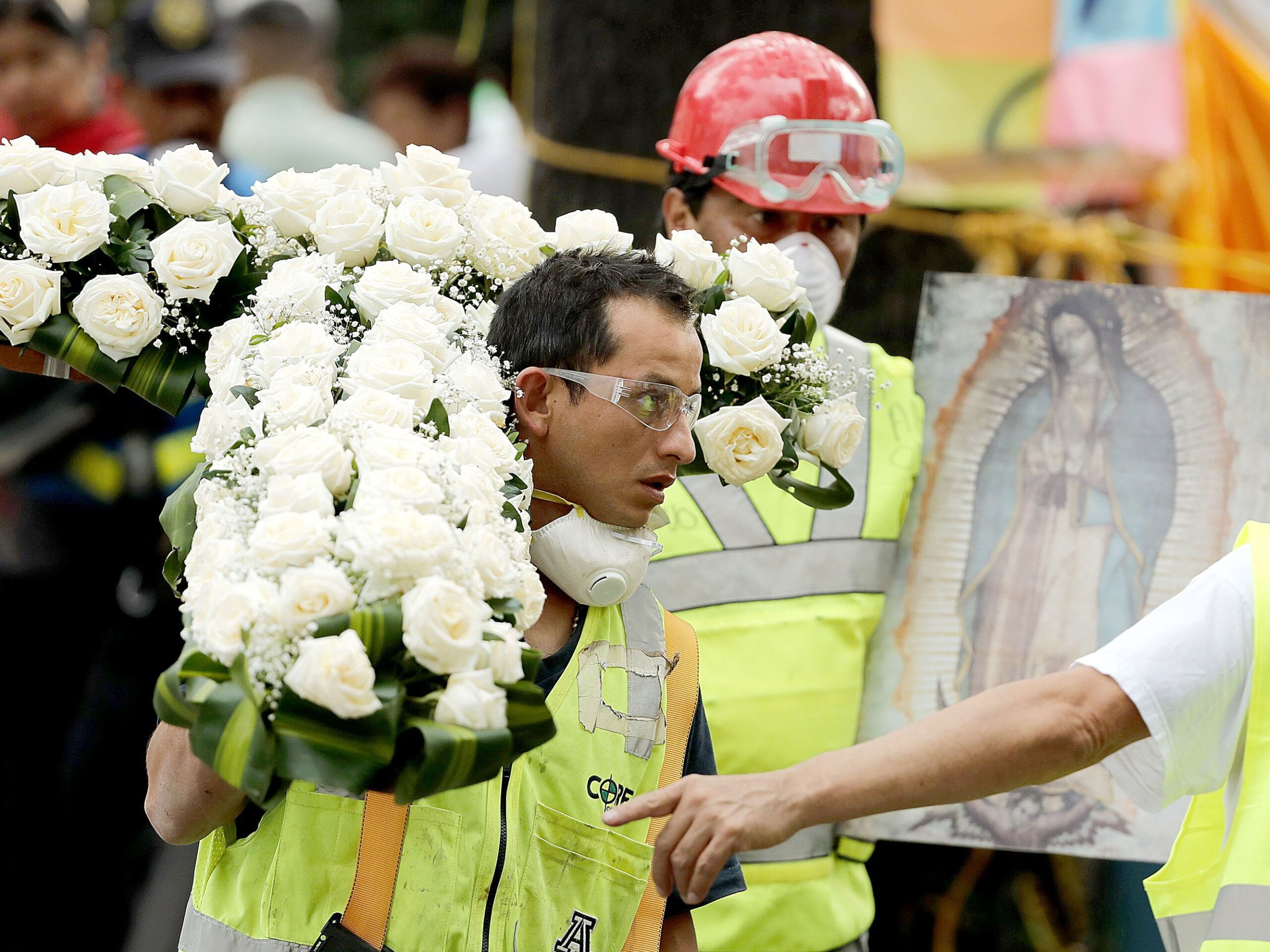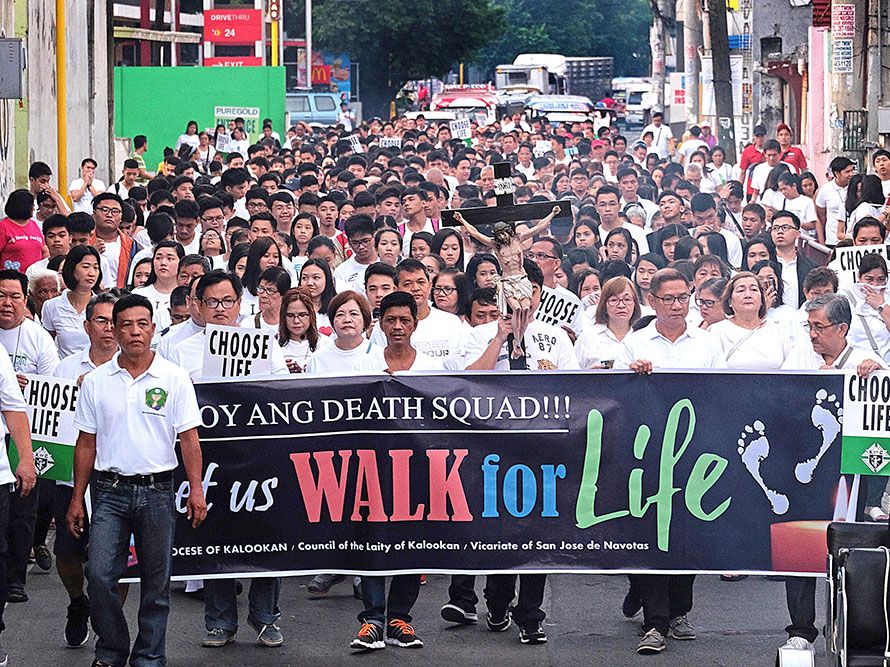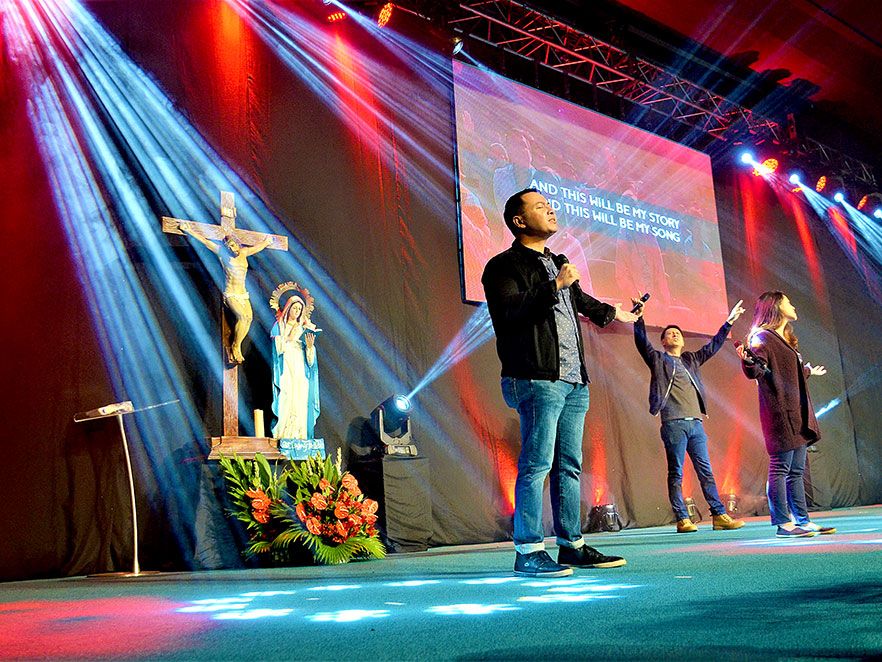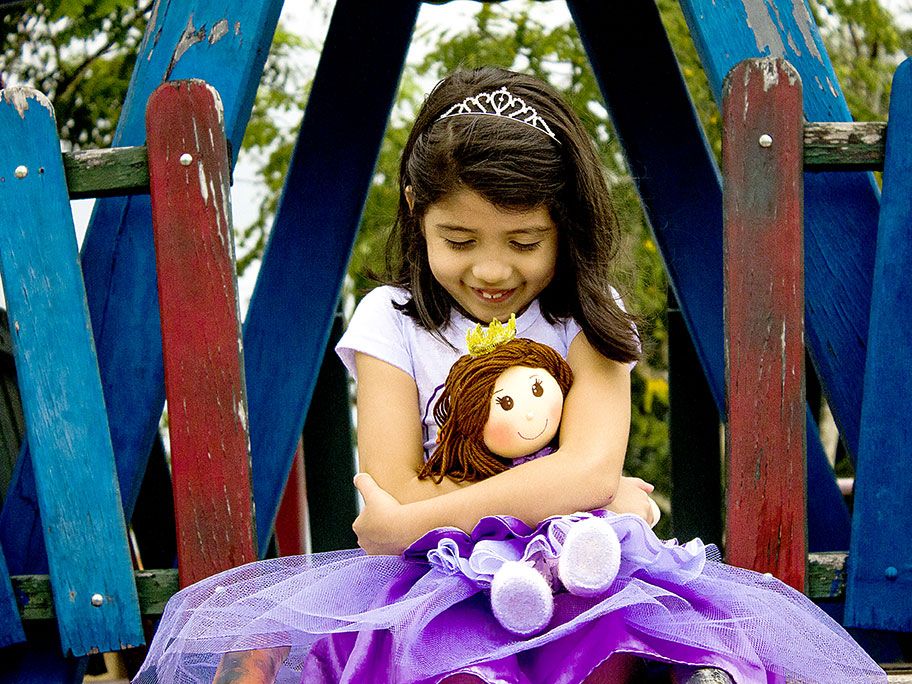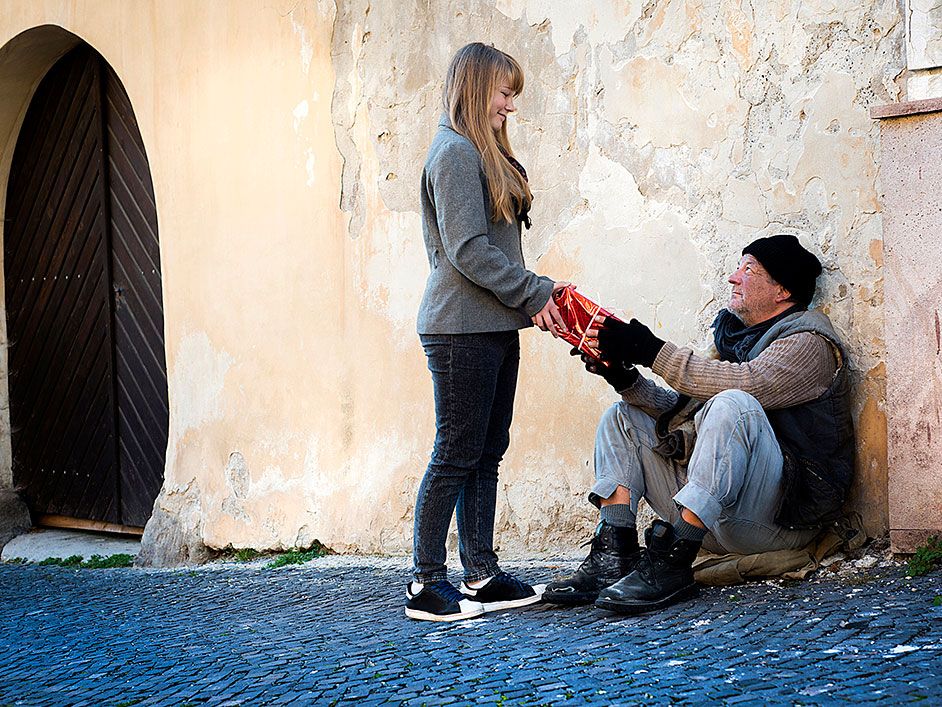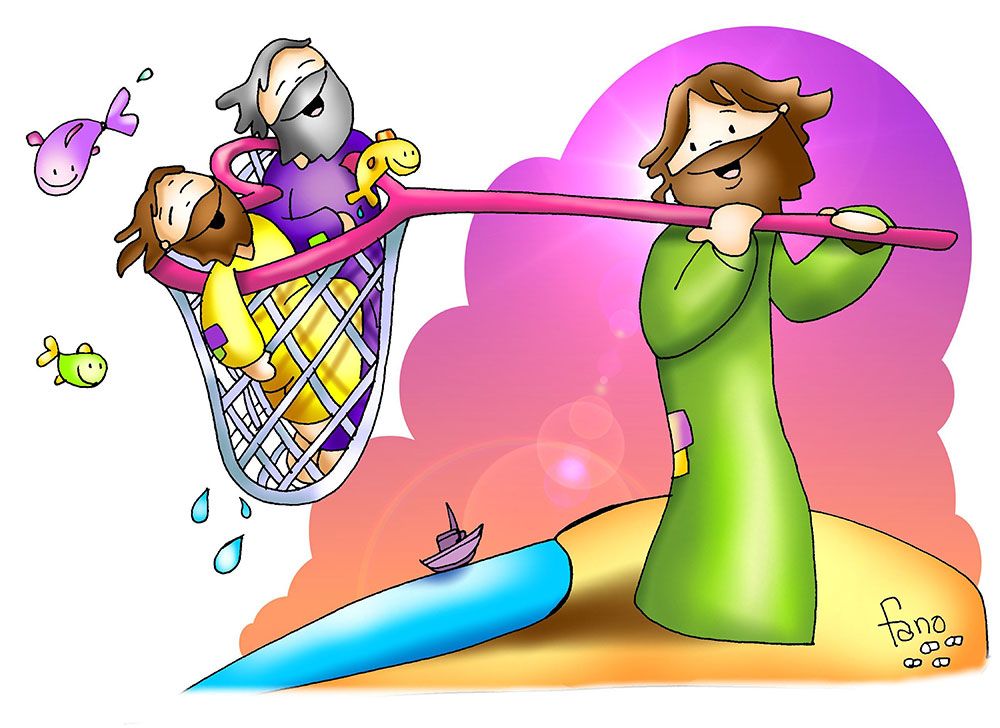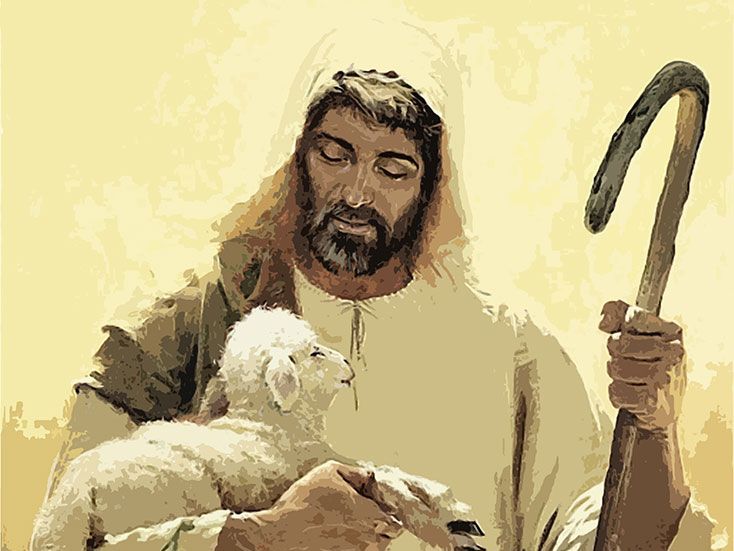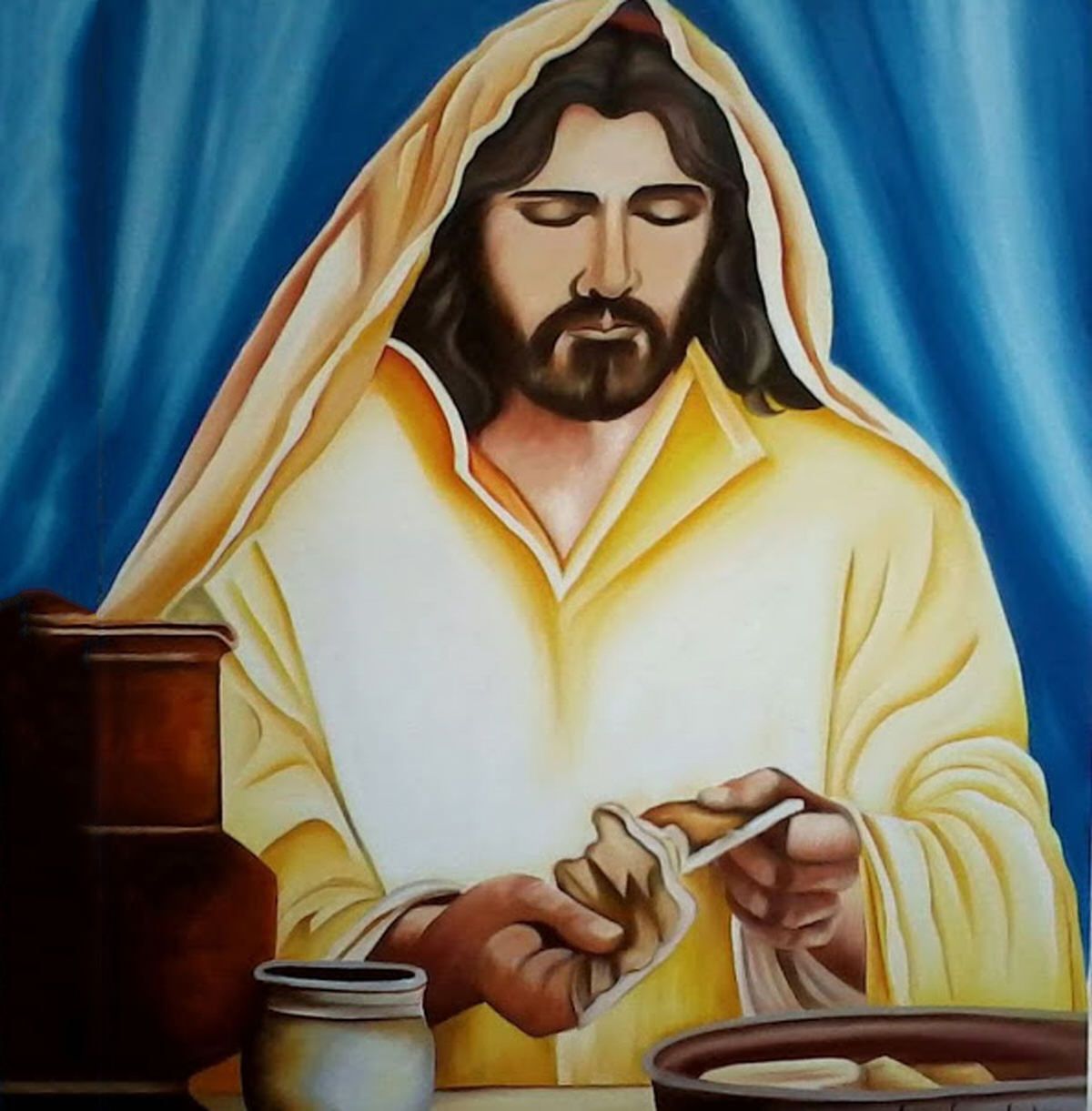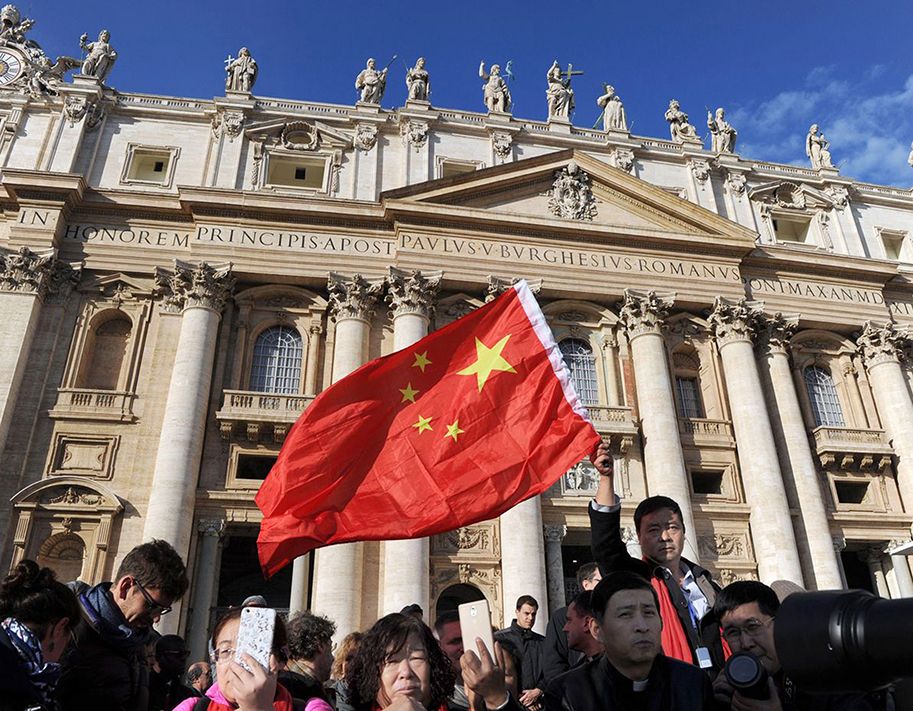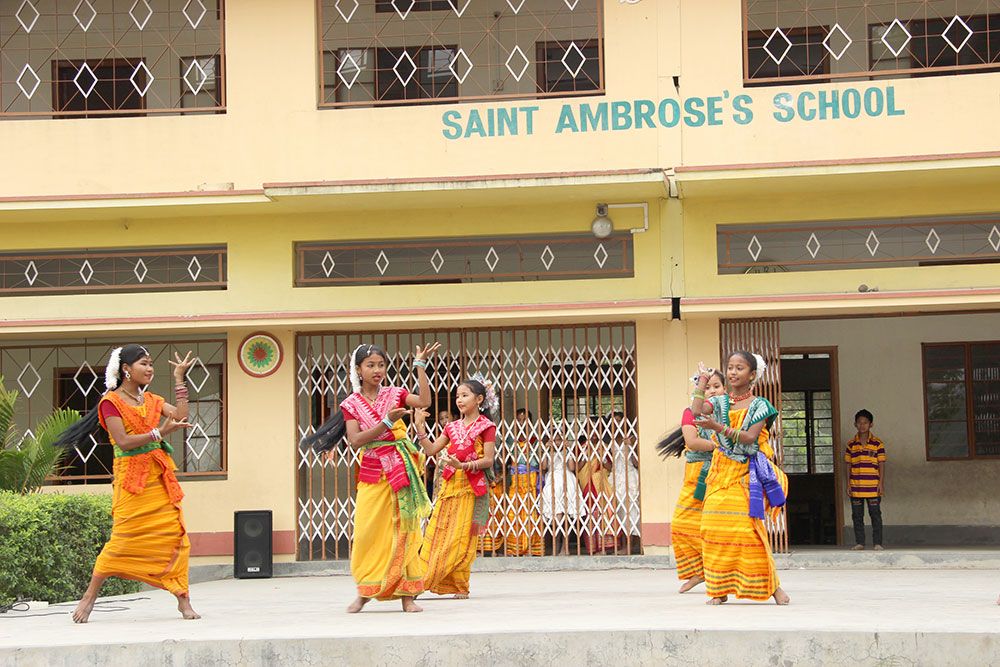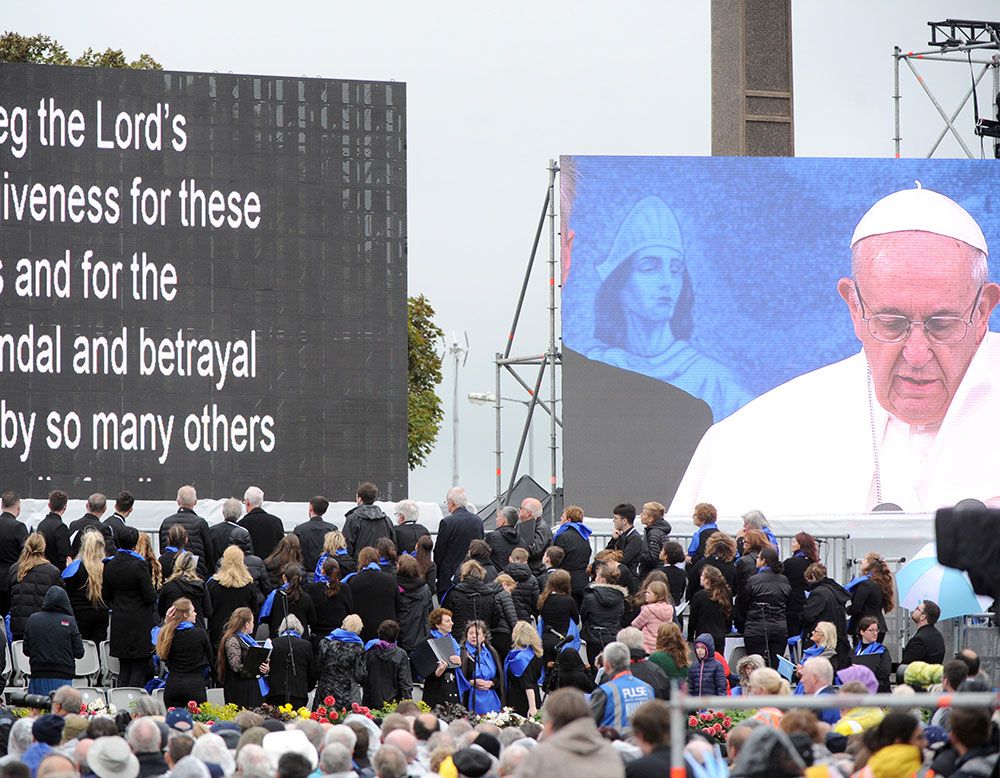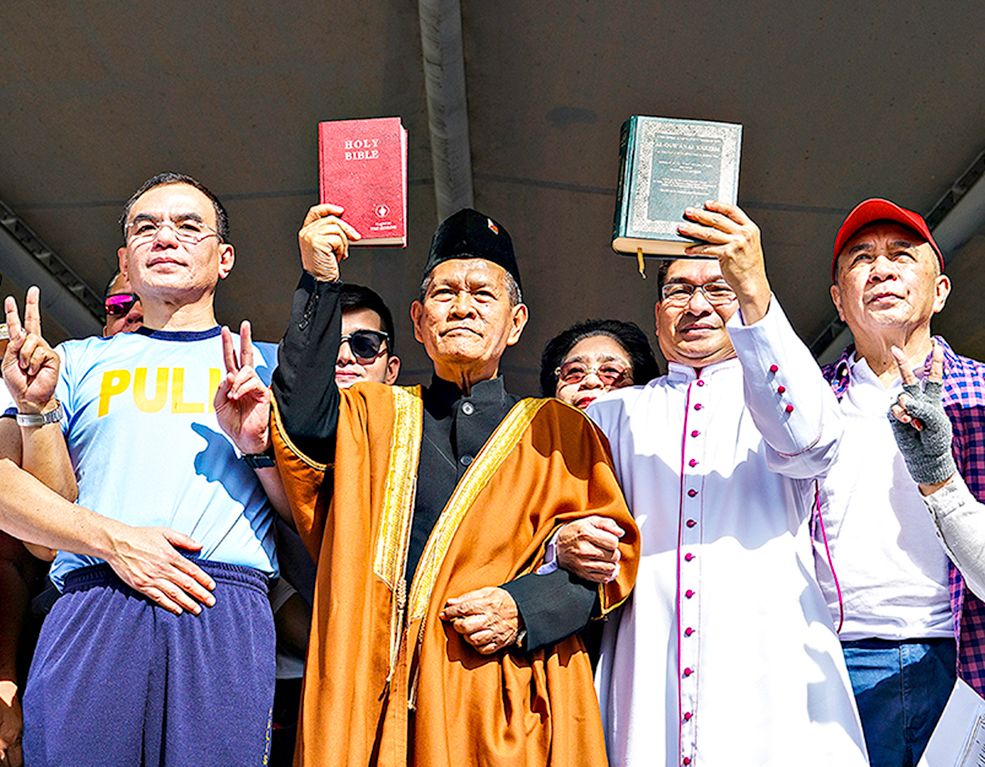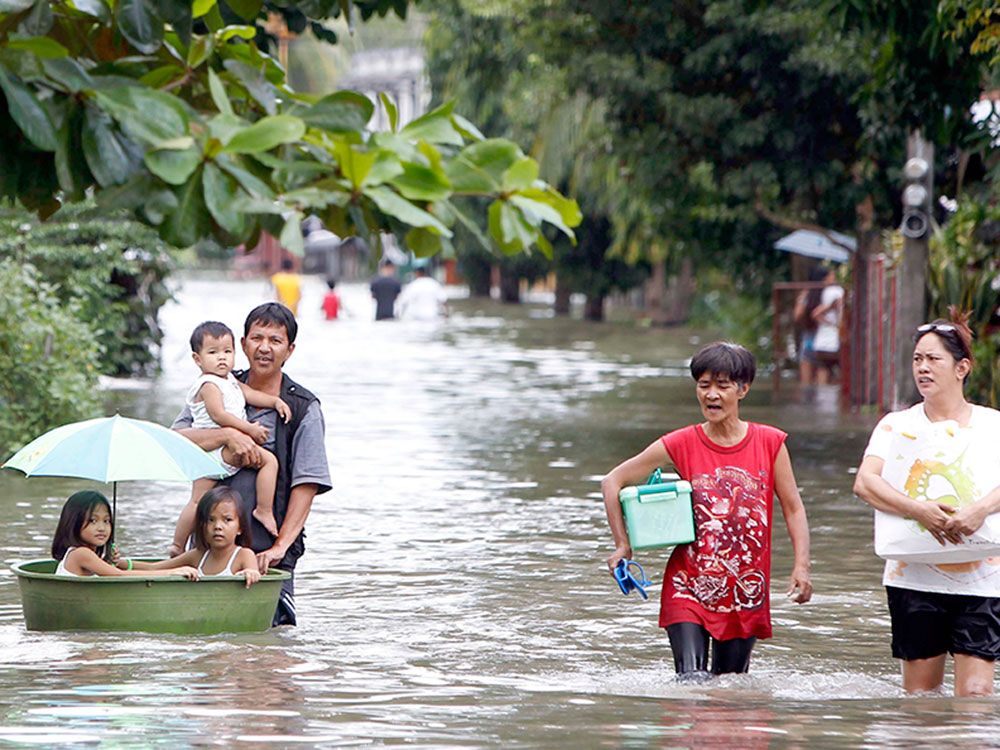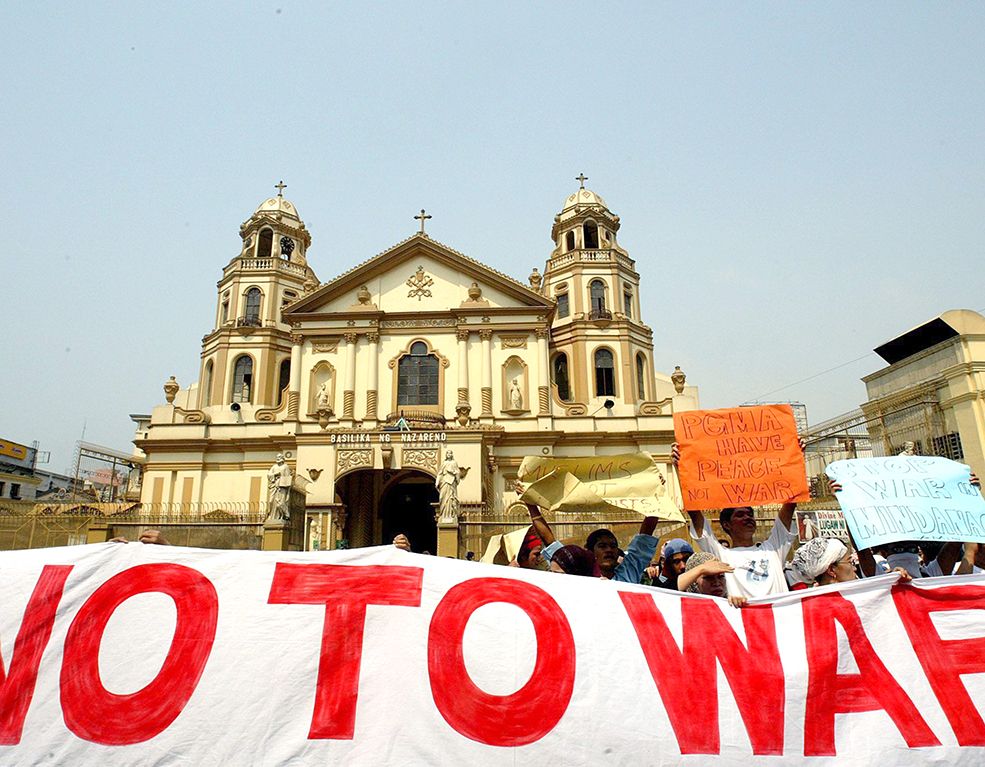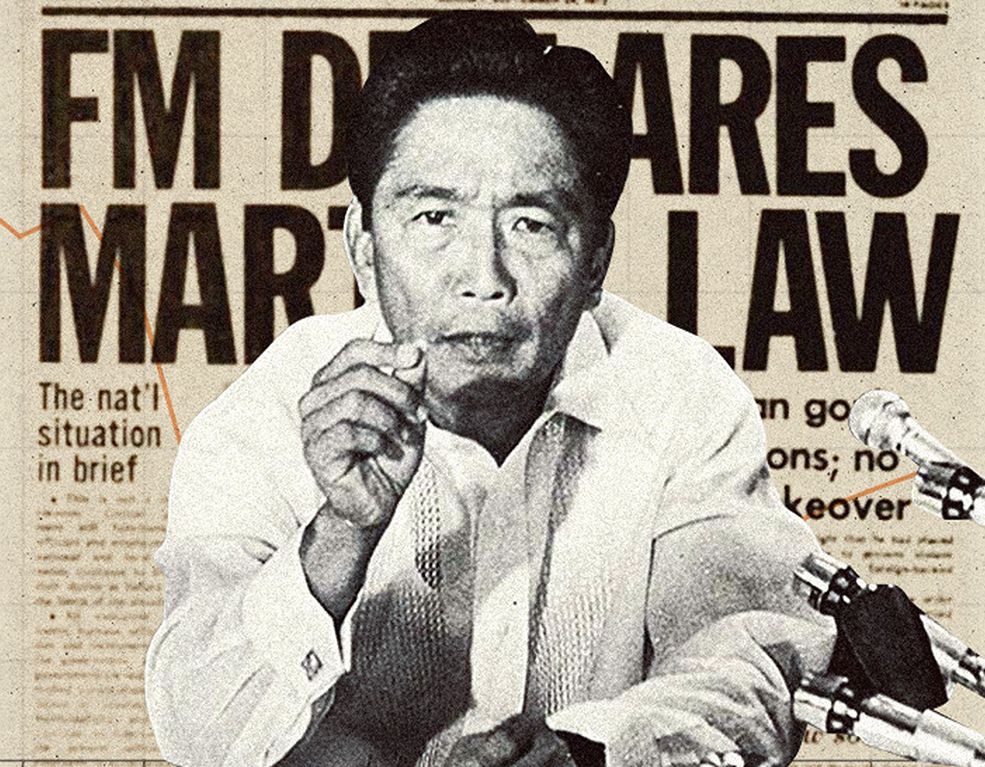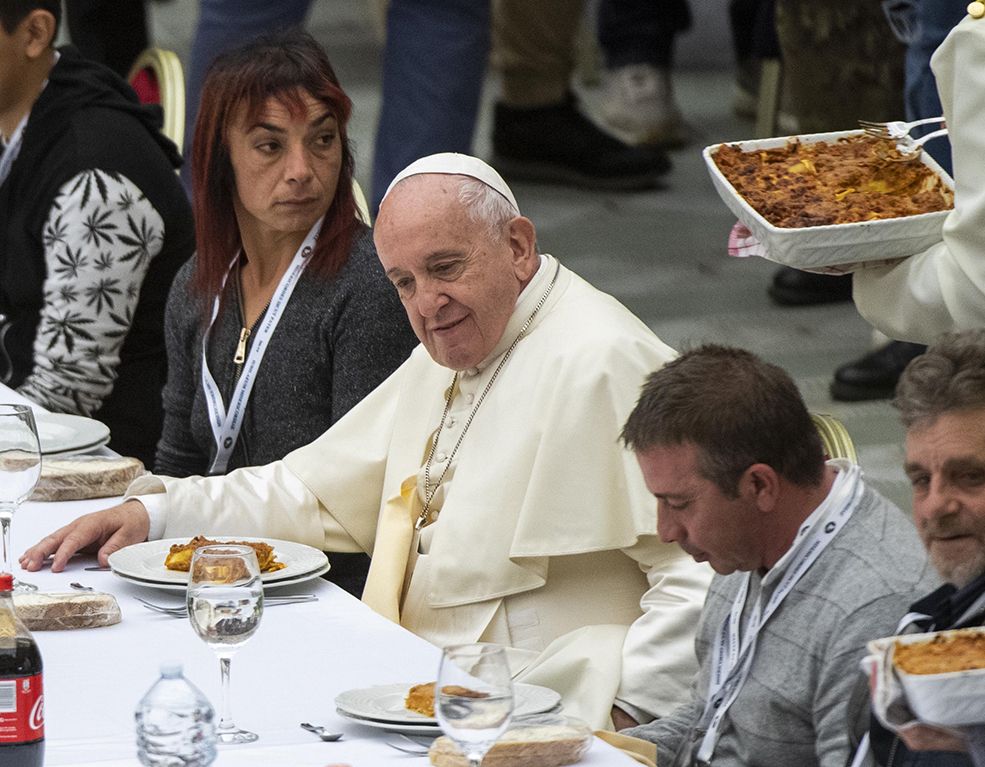In February 1519, a small group of Spaniards under the command of Hernán Cortés set sail from Cuba towards Mexico, touching its coast on March 25, and founded Veracruz. On September 18 of that year, he entered Tlaxcala and in August of 1521 Mexico fell into his power.
Hernán Cortés asked the King of Spain to send him religious men to evangelize the new colonial possessions. The Franciscans arrived almost immediately (1523). Pope Clement VII erected the first Mexican diocese (Tlaxcala) on October 11, 1525 and by the end of 1527 Emperor Charles V asked the Pope to create another new diocese in Mexico City. Its first designated bishop was the Franciscan Friar Juan de Zumárraga.
The ancient Mexicans (Aztecs) welcomed the religious “world” of the new comers from the first hour. The natives possessed a deep religious sense and a good knowledge of dependence on the supreme God. It was therefore not difficult for the first Franciscan missionaries to adapt themselves to their “world.” Moreover, there were missionaries who loved the Indians deeply, learned their language and customs, and taught them the Christian doctrine with an evangelical spirit.
Violent Start
This “idyllic encounter” based on an ambiguous uncertainty, soon ended in bitter disappointment. After that first moment, violence and warrior alliances were born. Some of the Mexican kingdoms joined the conquerors to defeat in a great war other Mexicans – the Aztecs. A great war of conquest began. The encounter between these two worlds – the “Indian” and the “Hispanic,” with its religious characteristics, violence, alliances and contradictions, shaped the history of these people.
In the beginning, some indigenous villages were convinced that they were the saviors of the Spaniards and the winners of the war against the Aztecs. But native-Mexican writings give a dramatic and tragic actual description of the profound trauma of everyone’s defeat. The apparitions of the Virgin in Tepeyac and Juan Diego’s mission must be understood within the context of this painful experience.
Apparition of Our Lady
Among the indigenous peoples who welcomed the faith, Juan Diego (1474-1548) was the most famous representative. We can call him the first great natural missionary of his people. He was chosen as ambassador of Santa Maria to start a new history of encounters, after the history of bloody clashes. This was the great “miracle” wherein God worked by using a simple, poor and affable Indian.
In the midst of a dramatic situation of despair and frustration experienced by the Indians, on one hand, and the difficulty in transmitting the evangelical message by the Spanish missionaries, on the other hand, something unforeseen happened in the first days of December 1531 in Tepeyac, on a hill consecrated to the cult of the Aztec goddess Tonantzin (meaning “our gentle Mother”). On the margins of the great lagoon of Mexico, the Mother of God appeared to an Indian neophyte Christian, 50-year-old Juan Diego Cuauhtlatoatzin.
She introduced herself to the good Indian as the one who, being the Mother of God “through whom all life comes,” wants all her children to live and not to perish, promising to always carry them in the “safe crossing of her arms.”
Indigenous Culture
Before being baptized, Cuauhtlatoatzin lived his life like the other Indians of the region. What was indigenous education like?
The care and education of every Aztec begins from the time the mother is officially pregnant. An elder member of the family gives an appropriate speech to the mother, inviting her to recognize the action of the divinity in that new life, and to care for herself and the fruit of her womb.
New discourse and advice accompany the educational process of the pregnancy, and when the child is born he/she is greeted with the warning that he/she is born to a world that was not his/hers, and that his/her true birth depends on having the fortune of deserving a dignified death, this is to say, to die in war or sacrifice.
Despite the parents and relatives being loving, the education is also severely accompanied by tests, punishments and rigors. In a warlike society, the children remain under the care of the mother, with the only affective male figure of a boy not much older than them. The older male figure is entrusted with the care of the family, but over time, he also has to go to war leaving his younger brothers/sisters alone with the mother.
Juan Diego
Juan Diego and his uncle Juan Bernardino had inherited houses and lands, that according to tradition, the young Juan should leave to his uncle as he goes to serve in the new chapel erected in honor of Maria de Guadalupe. This gesture is not strange in the Nahua religious tradition.
We find frequent examples of Indians, including nobles, who consider it an honor to retreat to serve in their temples, especially in their ripe old age when they are already unfit for war. They devote their time to functions of service such as sweeping and serving in the sacred things of the divinity.
Thus, Juan Diego retired to serve with simplicity in the new chapel, following in this sense a religious tradition rooted in the customs and mentality of his people. This helps us understand what it meant for Juan Diego to leave everything he had to stay with the “heavenly Lady” and assist her in her new “little house” of Tepeyac, whose service consisted, among other activities, of “sweeping the holy place.”
Juan Diego was a simple person who saw in Christianity the fullness of his life, consistent with the religious force that enveloped him. He left land and house to go to live in the new Marian chapel which we can still see in Tepeyac today.
He consecrated himself totally to the Virgin, who wanted a temple there to offer her comfort to all men. According to the texts, Juan Diego gave a good testimony to every person who visited him. He always narrated the wonderful encounters he had with the “Lady of heaven.”
The simple people at once recognized the meaning of his story and testimony. People regarded him as an “Indian or holy man.” They even approached him, asking him to intercede for their needs, and set him up as a role model for their children.
The meeting of Juan Diego with the Virgin of Guadalupe gave rise to numerous religious, liturgical, and artistic guadalupan manifestations from the 16th century onwards. In addition, the chapel of Guadalupe del Tepeyac soon became a magnet that attracted a growing river of people who go on pilgrimage. It is a river that has uninterruptedly grown to this day, with its 20 million pilgrims who come every year.
The “Talking Eagle”
Before his baptism, Juan’s name was “Cuauhtlatoatzin.” The word consists of two elements: cuauhtli (eagle) and tlatoa (talk), meaning the “talking eagle.” He and his uncle Juan Bernardino belonged to the class of people who owned houses and lands, people of old families who paid tribute to the Aztec lord.
Juan Diego had a solid disposition and, like many of his countrymen, a deep religious sense that helped him in the encounter with the Christianity preached by the missionary friars.
It is said that he was baptized by Friar Toribio de Benavente Motolinía, one of the 12 “Franciscan apostles of Mexico,” in the year 1524, shortly after the friars’ arrival. Motolinía was one of the greatest evangelizers who baptized hundreds of Indians, almost always in the open air or in open chapels without any records (since they did not exist), and so there is no data on the exact place of Juan Diego’s baptism.
When Juan Diego was baptized he was undoubtedly married and had children. His wife’s name was Malintzin. He married her in 1526 and she died in 1529.



